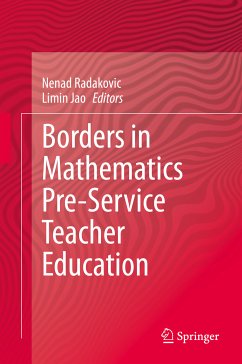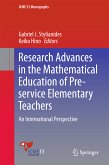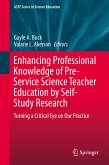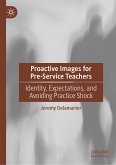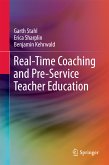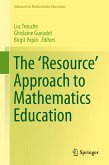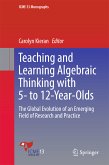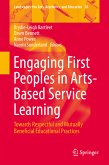This book examines the current state of the field of mathematics pre-service teacher education through the theme of borders. Borders are ubiquitous; they can be used to define, classify, organize, make sense of, and/or group. There are many ways that the concept of a border illuminates the field of mathematics pre-service teacher education. Consequently, there are a multitude of responses to these borders: researchers and practitioners question, challenge, cross, blur, and erase them. Chapters include the following topics: explorations of mathematics across topics (e.g., geometry, algebra, probability) and with other disciplines (e.g., science, the arts, social sciences); challenging gender, cultural, and racial borders; exploring the structure and curriculum of teacher education programs; spaces inhabited by teacher education programs (e.g., university, community); and international collaborations and programs to promote cross-cultural sharing and learning. The book targets a readership of researchers and graduate students in integrated education studies, teacher education, practitioners of mathematics education, curriculum developers, and educational administrators and policy makers. ¿
Dieser Download kann aus rechtlichen Gründen nur mit Rechnungsadresse in A, B, BG, CY, CZ, D, DK, EW, E, FIN, F, GR, HR, H, IRL, I, LT, L, LR, M, NL, PL, P, R, S, SLO, SK ausgeliefert werden.

